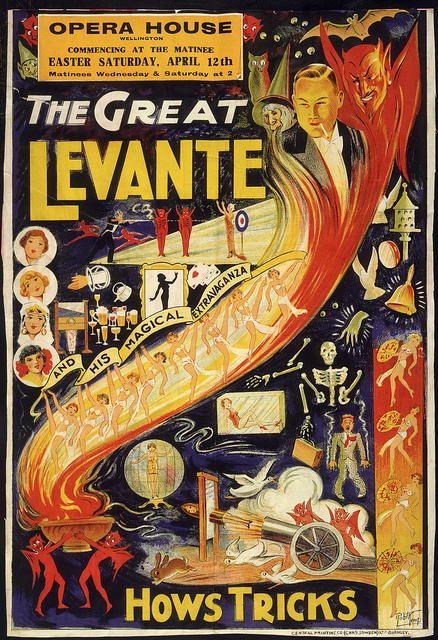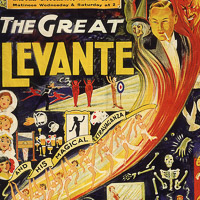
Like all youngsters, I went through the phase of wanting to be a magician – got a how-to book, assembled a few props and began to practice my “illusions.” I even put on a “show” for a few (younger) neighbor kids. That phase didn’t last long, but I learned that magicians rely on secrecy and redirecting the audiences’ attention.
Magician didn’t work out for me, but I’ve had a long career as a teacher, now teacher educator. As I finalize plans for my social studies methods class, I find myself thinking that good teaching is the opposite of magic. Unlike magicians, teachers draw attention to how thing are done. Teaching is thinking made visible. And if that’s true how do you teach how to teach?
My methods course is based on the premise that it should model the instruction we hope to see these pre-service teachers using in their classrooms. So, for example, it’s not enough to talk about PBL or student-centered learning. We have to use it in our methods instruction.
We know that students need a more authentic audience for their work than the teacher, so our methods course assignments have a public product. Our work has received recognition – including this shoutout from one of our inspirations – Sam Wineburg of the Stanford History Education Group. #humblebrag.
Is there a more creative history methods class than Peter Pappas”s? @edteck http://t.co/AQLlgy8uh4
— Sam Wineburg (@samwineburg) July 4, 2015
My methods students are participant observers. They don’t simply following my lesson, they experiencing the learning as a “student” and then put on their “teacher hat” and reflect on “how did he set that up?” Unlike the magician, we make the thinking behind the lesson planning visible.
This year our University of Portland program is transitioning to edTPA. There’s much for all of us to learn and I’ll be doing that right along side my students.
Here’s a visual intro I prepared for my students. It illustrates the three goals of the course and examples of how they are taught.
- Learn to think like a historian (or other social scientist).
- Become a skillful instructional designer.
- Develop skills for reflection, growth and professional networking.
 Click to view intro media
Click to view intro media
Image credit: National Library NZ on The Commons
The Great Levante in Wellington, 1941
Opera House Wellington, The Great Levante … Hows Tricks, 1941, Chromolithograph, Printed Ephemera Collection, Alexander Turnbull Library
Reference: Eph-D-CABOT-Magic-1941-01

